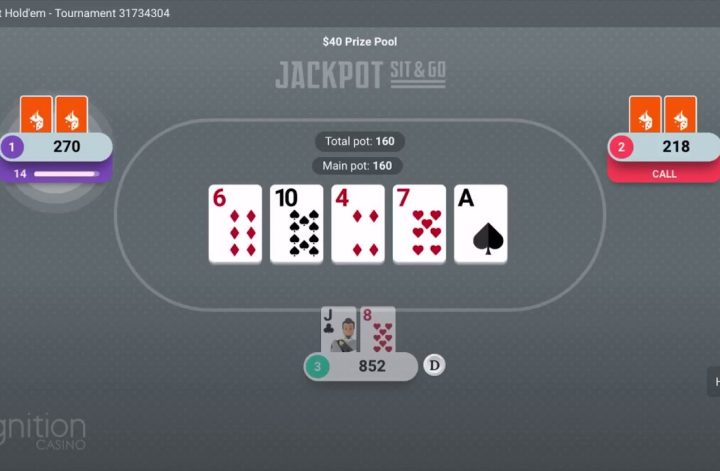In part 3 of this sit and go poker lesson we continued to look at increasing our chip stack in the early stages of a sit and go tournament using a continuation bet. Although this is the most basic of sit and go poker strategy it is of great importance to be playing with quality cards in the right position.
In part 1 we covered continuation betting and its functionality. In this lesson we’ll go over everything you need to know about your rep.
- How Many Hands Per Week Are You Playing?
First and foremost, you’ll need to determine how many hands you are playing per week. There are a surprising number of options, but the most basic info you’ll need is the number of hands you are playing from each position. For example, you’ll need to take note which cards you are playing from button, blinds, and small blind, and which you are not.
You’ll also need to track this info for your opponents as well. Once you have that info you can run it through a tool or software that will calculate your equity versus various hands your opponents may have, and help you make better decisions.
- What Position Are You Profititing From?
In part 1 you figured out which positions are exploitable preflop, but in part 2 you’ll learn which positions are profitable to play from post flop. This is more focused on your opponents than anything else, but if you know your opponents and you know the correct hands for each position, you’ll be able to maximize your equity and actually have a very strong hand.
Most of the hands you’ll want to play from each position are from the first two positions, especially the blinds. You’ll want to play the hands from the blinds because you’ll never know what the players in the blinds are going to do. Generally you won’t have an advantage trying to steal the blinds from the cutoff or deposit 20 bonus 30 to 5x.
You also don’t want to play the hands from the small blind or early position, because you have no idea what the players behind you are going to do. These are the worst positions to be in. If you are in the small blind, early position, or cutoff, you are taking a risk for your reward that you aren’t really taking advantage of the reward. When you’re in early position you only want to be playing good hands preflop, but you don’t want to be playing every hand.
Controlling Your Opponents
As the blinds move up you want to become more and more aware of what your opponents have. At this point, you should have a pretty good idea of the normal variation of a given stack, and what your theirs is working with. If you have a stack that is large in relation to the blinds, you can essentially play with a 20-30% chance of winning. If you have a low stack in relation to the blinds, you’ll usually be playing with a 20-30% chance and winning with a 60-70% chance.
When you identify that your opponents have a particularly low stack in relation to the blinds, you can steal a lot of blinds. If you are on the button especially, you can call to see if you can isolate the small blind, or take the blinds if no one else has act. Never call the blind and never call a raise that’s too small. Unless you have a particularly strong hand, it’s better to let the blinds pass you, and not really take too much of a risk.
If you want more information on small ball poker strategies, watch how other players play. You’ll need to be in a good position to identify what your opponents do well, and what they do worse. Then you can capitalize on what you know about your opponents, and win small pots, without ever having to see a flop.

